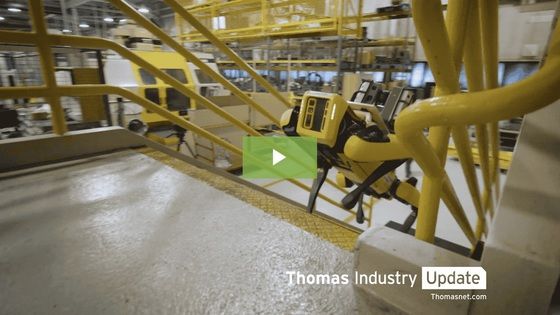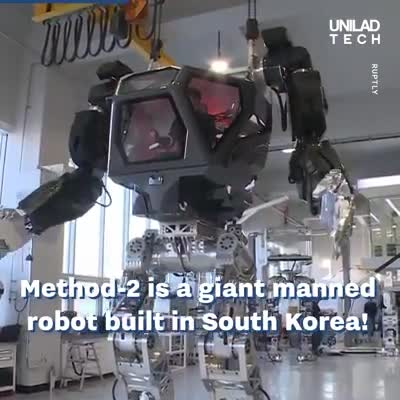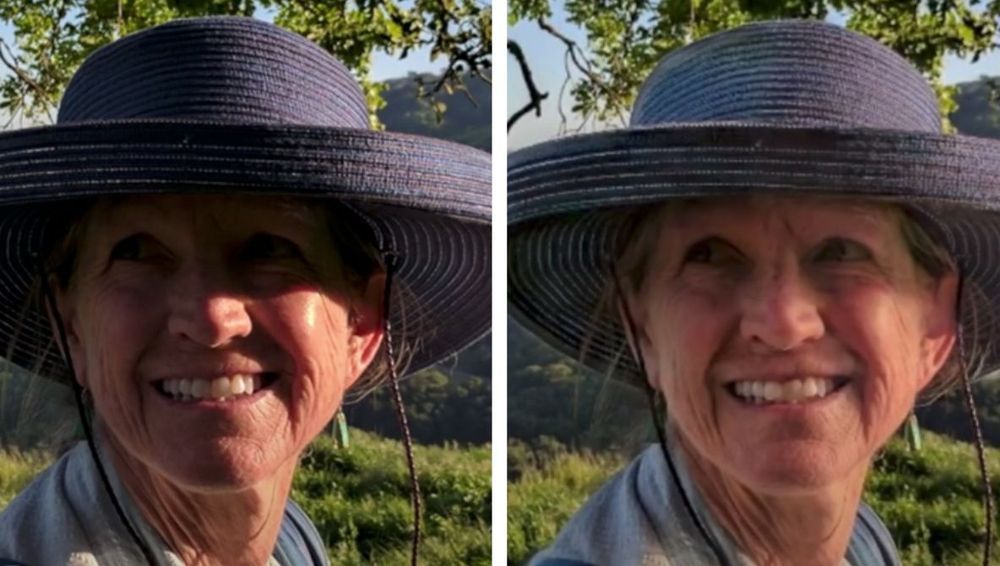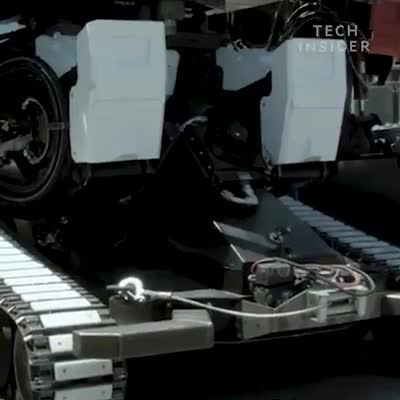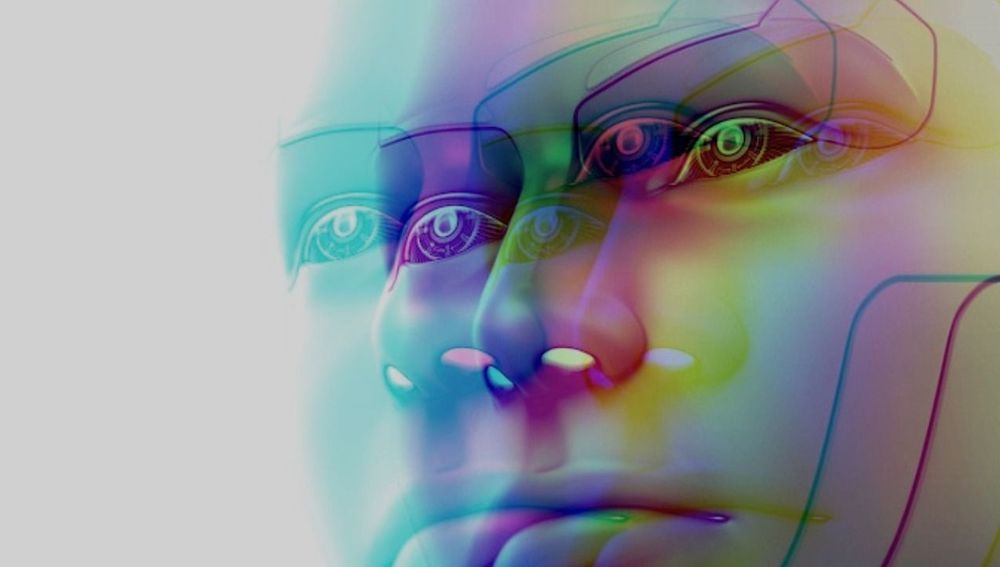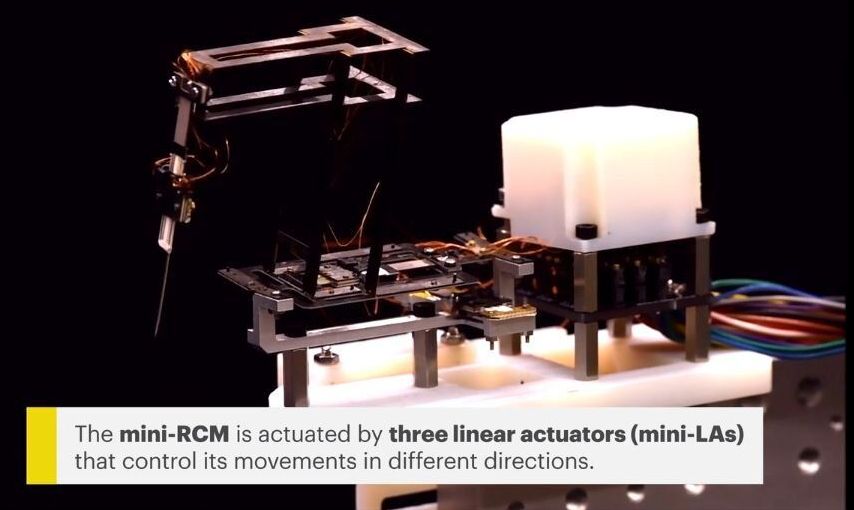But Ford appears to have found a unique way to use a robot. We’ve seen some interesting applications for Boston Dynamics’ Spot robot, and the latest takes the 70-pound dog-like robot to the floors of a Ford transmission manufacturing plant.
These plants are reportedly so old — and have been re-tooled so many times — that Ford is unsure as to whether it possesses accurate floor plans. With an end goal of modernizing and retooling these plants, Ford is using Spot’s laser scanning and imaging technology to travel the plants so they can produce a detailed map.
According to TechCrunch, the manual facility mapping process is time-intensive, with lots of stops and starts as cameras are set up and repositioned station to station. By using two continuously roving robots, Ford can do the job in about half the time. The other benefit is Spot’s size: these little critters can access areas that humans can’t easily get to, and with five cameras they can sometimes provide a more complete picture of their surroundings.
